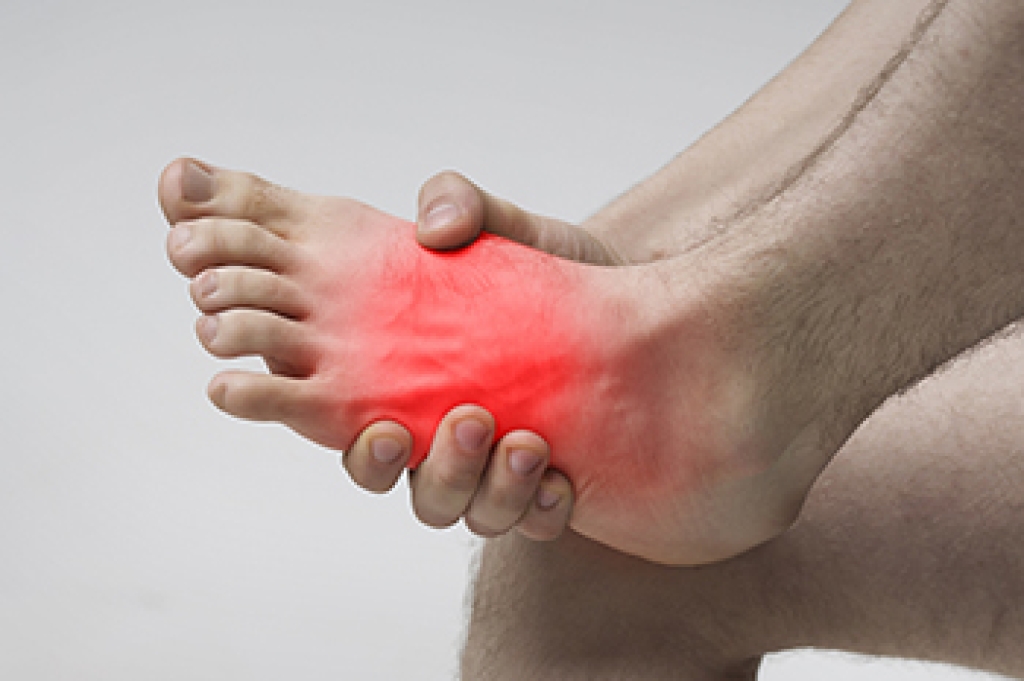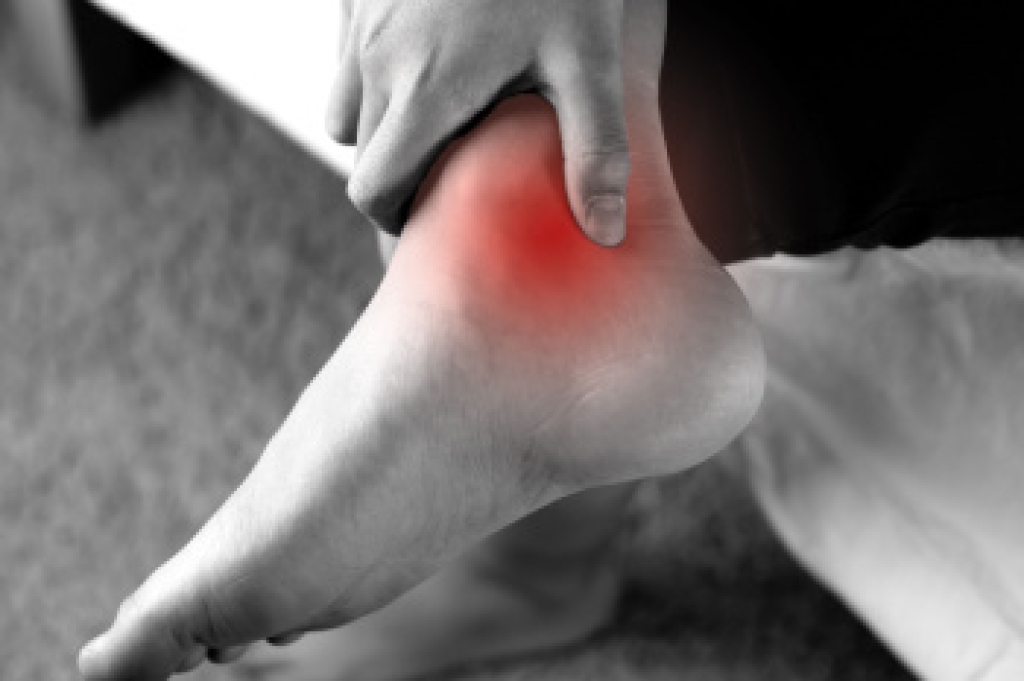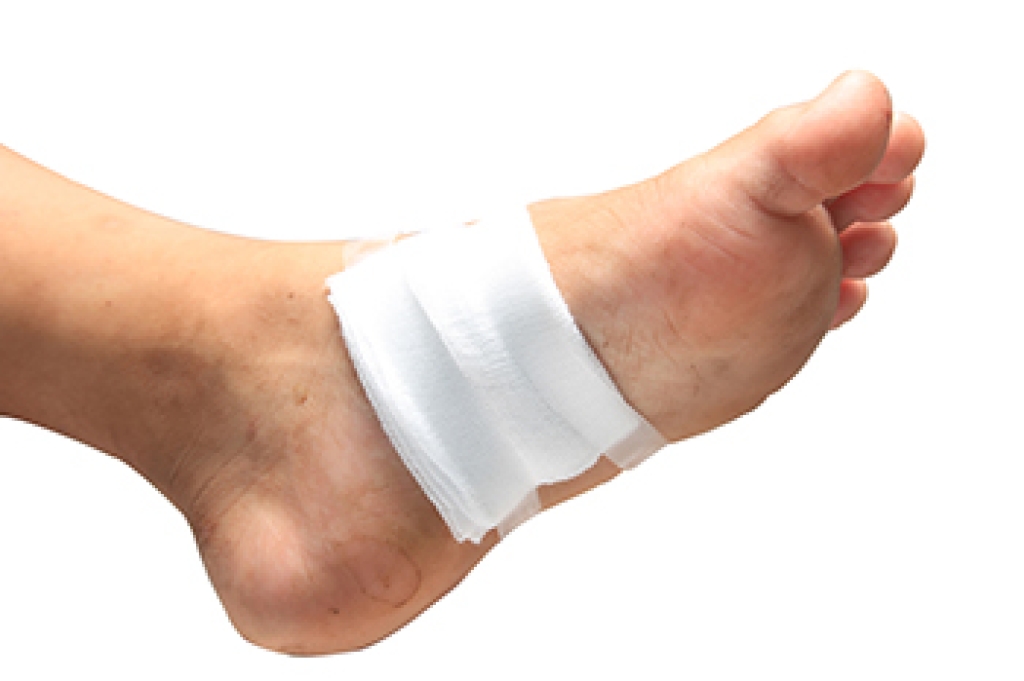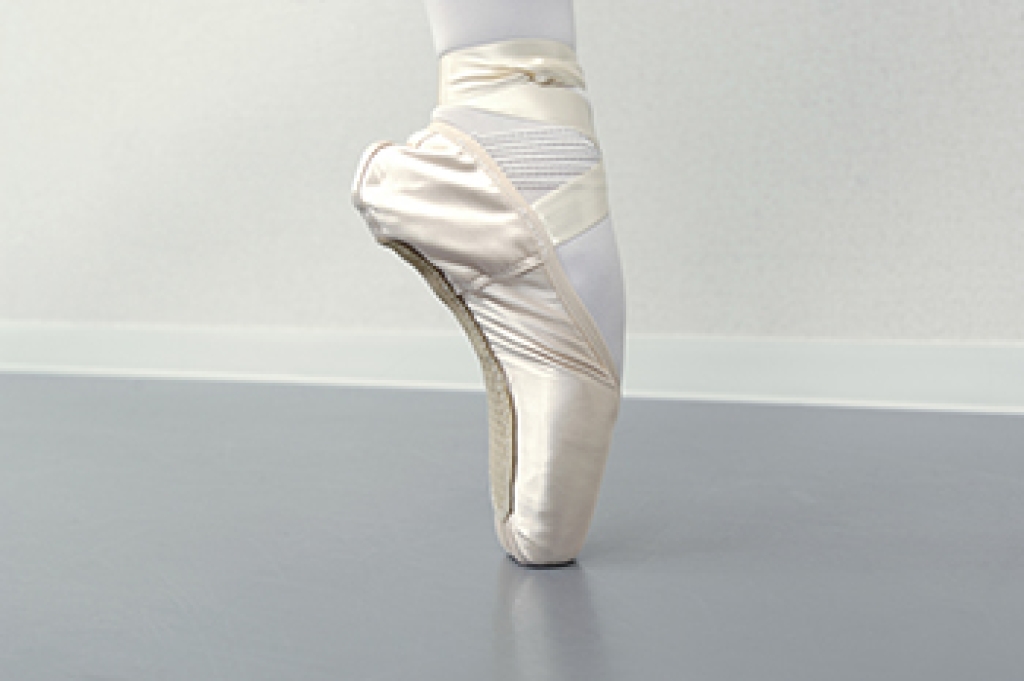
Pain on the inner side of the foot, known as medial foot pain, can affect the area from the inside of the heel through the arch to the big toe. A common cause of medial foot pain is posterior tibial tendonitis. This is an irritation of the tendon that helps support the arch and allows you to push off when walking. Stress fractures, which are small cracks in bones such as the navicular or first metatarsal, may also cause this type of pain that often worsens with activity. Plantar fasciitis, an inflammation of the thick band of tissue that runs along the bottom of the foot, may also cause inner heel pain. A podiatrist can identify the source of discomfort and provide the proper treatment. If you have pain in the middle of the foot, it is suggested that you schedule an appointment with a podiatrist who can accurately diagnose and treat this type of foot pain.
Foot Pain
Foot pain can be extremely painful and debilitating. If you have a foot pain, consult with one of our podiatrists from Brondon Foot and Ankle. Our doctors will assess your condition and provide you with quality foot and ankle treatment.
Causes
Foot pain is a very broad condition that could be caused by one or more ailments. The most common include:
- Bunions
- Hammertoes
- Plantar Fasciitis
- Bone Spurs
- Corns
- Tarsal Tunnel Syndrome
- Ingrown Toenails
- Arthritis (such as Gout, Rheumatoid, and Osteoarthritis)
- Flat Feet
- Injury (from stress fractures, broken toe, foot, ankle, Achilles tendon ruptures, and sprains)
- And more
Diagnosis
To figure out the cause of foot pain, podiatrists utilize several different methods. This can range from simple visual inspections and sensation tests to X-rays and MRI scans. Prior medical history, family medical history, and any recent physical traumatic events will all be taken into consideration for a proper diagnosis.
Treatment
Treatment depends upon the cause of the foot pain. Whether it is resting, staying off the foot, or having surgery; podiatrists have a number of treatment options available for foot pain.
If you have any questions, please feel free to contact our office located in Centerville, OH . We offer the newest diagnostic and treatment technologies for all your foot care needs.




